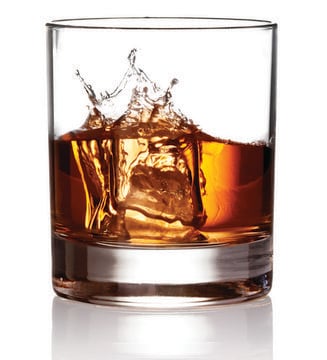W342017
Damascenone
natural, 1.1-1.4 wt. % (190 proof ethanol), FG
Sinonimo/i:
β-Damascenone, 1-(2,6,6-Trimethylcyclohexa-1,3-dien-1-yl)-2-buten-1-one
About This Item
Prodotti consigliati
Grado
FG
Fragrance grade
Kosher
natural
Livello qualitativo
agenzia
follows IFRA guidelines
Conformità normativa
EU Regulation 1223/2009
EU Regulation 1334/2008 & 872/2012
FDA 21 CFR 110
Forma fisica
liquid
Concentrazione
1.1-1.4 wt. % (190 proof ethanol)
Colore
yellow
Indice di rifrazione
n20/D 1.350-1.380 (lit.)
Densità
0.800-0.830 g/mL at 25 °C (lit.)
applicazioni
flavors and fragrances
Documentazione
see Safety & Documentation for available documents
Allergene alimentare
no known allergens
Allergene in fragranze
no known allergens
Organolettico
apple; smoky; herbaceous; nutty; citrus; woody; rose; wine-like
Temperatura di conservazione
2-8°C
Stringa SMILE
C\C=C\C(=O)C1=C(C)C=CCC1(C)C
InChI
1S/C13H18O/c1-5-7-11(14)12-10(2)8-6-9-13(12,3)4/h5-8H,9H2,1-4H3/b7-5+
POIARNZEYGURDG-FNORWQNLSA-N
Cerchi prodotti simili? Visita Guida al confronto tra prodotti
Categorie correlate
Descrizione generale
Applicazioni
Azioni biochim/fisiol
Altre note
Avvertenze
Danger
Indicazioni di pericolo
Consigli di prudenza
Classi di pericolo
Eye Irrit. 2 - Flam. Liq. 2 - Skin Sens. 1
Codice della classe di stoccaggio
3 - Flammable liquids
Classe di pericolosità dell'acqua (WGK)
WGK 2
Punto d’infiammabilità (°F)
60.8 °F - closed cup
Punto d’infiammabilità (°C)
16 °C - closed cup
Dispositivi di protezione individuale
Eyeshields, Faceshields, Gloves, type ABEK (EN14387) respirator filter
Certificati d'analisi (COA)
Cerca il Certificati d'analisi (COA) digitando il numero di lotto/batch corrispondente. I numeri di lotto o di batch sono stampati sull'etichetta dei prodotti dopo la parola ‘Lotto’ o ‘Batch’.
Possiedi già questo prodotto?
I documenti relativi ai prodotti acquistati recentemente sono disponibili nell’Archivio dei documenti.
I clienti hanno visto anche
Il team dei nostri ricercatori vanta grande esperienza in tutte le aree della ricerca quali Life Science, scienza dei materiali, sintesi chimica, cromatografia, discipline analitiche, ecc..
Contatta l'Assistenza Tecnica.










